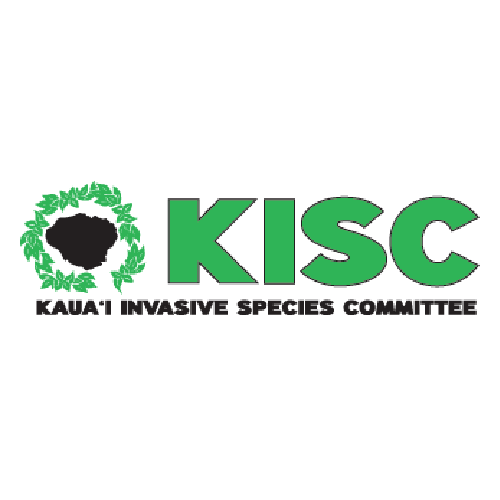Family: Lamiaceae
Lavandula stoechas (Spanish lavender, topped lavender) is a small evergreen shrub native to the Mediterranean. The plant is used in aromatherapy to create essential oils, and has traditional medicinal uses. Lavandula stoechas is said to have potential benefits for wounds, urinary tract infections, and eczema. It is believed to possess analgesic, sedative, and antiseptic properties. Additionally, it finds culinary use in preparing a specific couscous variety, enhancing the flavor of traditional dishes, and making tea and soup. It is reported to be naturalized in Australia and New Zealand, but is not documented to be naturalized on any Hawaiian Islands to date. It is considered a noxious weed in Australia, as well as in parts of Spain. Some concerning characteristics include being highly flammable and increasing fire risk in fire prone areas. Some other invasive qualities are its prolific seed production, toxicity to dogs and cats, and ability to resprout after being cut back or burned.
High Risk Traits:
- Naturalized in Australia and New Zealand (but no evidence in the Hawaiian Islands to date)
- Regarded as an agricultural and environmental weed in parts of Australia
- Unpalatable to cattle and possibly other grazing animals (but browsed by sheep and goats)
- Potentially toxic to dogs and cats
- Highly flammable and may increase fire risk in fire prone areas
- Tolerates many soil types
- Forms dense patches which eliminate most other vegetation
- Reproduces by prolific seed production
- Self-compatible
- Reaches maturity in 2-3 years
- Roots and crowns can be spread by cultivation equipment and road graders
- Seeds dispersed by wind, water, birds, in the droppings of animals, soil movement, garden refuse, and intentional cultivation
- Prolific seed production
- Forms a persistent seed bank
- Able to resprout after cutting and low intensity fires
Low Risk Traits:
- A species of temperate to Mediterranean climates that may only be a risk in cooler, higher elevation areas in the tropics
- Unarmed (no spines, thorns, or burrs)
- Palatable to goats and sheep (but not cattle and some other animals)
- Thrives in high light environments (dense shade may inhibit spread)
- Not reported to spread vegetatively
- Certain herbicides may provide effective control




